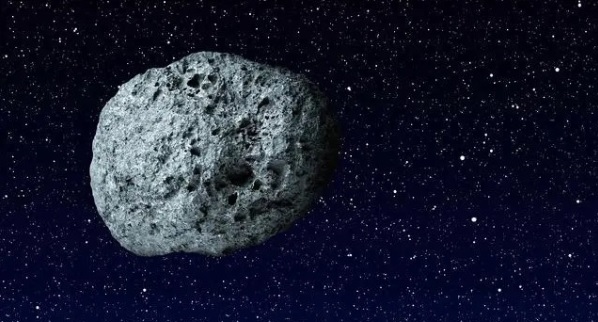(Prelims exam: Current Affairs of International Importance, General Science)
(Mains exam: General Studies Paper- 3: Science & Technology- Development & Applications, Information Technology, Space) |
Reference
In May 2025, China will launch its first mission to survey and sample the near-Earth asteroid Kamo‘oalewa which orbits the Sun near the Earth.

About Tianwen-2 Mission
- Tianwen-2 is a space mission of China which aims to collect samples from a near-Earth asteroid and return them to Earth.
- The mission focuses on an asteroid called Kamo‘oalewa (469219 Kamo‘oalewa) which is a quasi-satellite.
Kamo'oalewa asteroid
- Introduction: It is a near-Earth asteroid that falls in the category of quasi-satellite.
- Quasi-satellites are asteroids that orbit the Sun but are affected by the Earth's gravity due to their small distance from the Earth.
- Discovery: In 2016 by the Pan-STARRS 1 telescope from Mount Haleakalā on the island of Hawaii.
- Density and composition: The spectrum of its reflected light is similar to that of silicate minerals found on the surface of the Moon. This indicates that it may possibly be a piece of the Moon.
- Orbital behavior: Kamo'oalewa orbits in a highly elliptical orbit and appears to be sometimes ahead of, sometimes behind the Earth depending on its relative position. This situation makes scientists curious about its gravitational behavior and origin.
Key features of the mission
- Launch vehicle: Tianwen-2 will be launched by a Long March series rocket, possibly Long March-3B.
- Advanced autonomous navigation system: High-precision sensors and reaction control system (RCS) for safe operation on the irregular surface of the asteroid.
- Telescopic cameras and scientific instruments: High-resolution cameras capture the fine texture of the surface. Apart from this, spectrometers and mineral analyzers detect the chemical composition of the asteroid.
- Sample collection technique: Tianwen-2 will use two techniques:
- Touch-and-go technique: Under this technique already used (by OSIRIS-REx, Hayabusa2), the spacecraft quickly collects samples by approaching the surface of the asteroid.
- Anchor-and-Attach technique: If the surface is rough, four robotic arms will sink into the asteroid's surface and collect samples.
Importance of the mission
- Scientific exploration: This mission will help in understanding the structure, origin and evolution of the orbit of Kamo'ohaleva. Since the origin of Kamo'ohaleva is mysterious, some scientists believe that it may be a piece of the moon, which came out due to a collision.
- Scientists at the University of Arizona speculated in 2021 that the optical spectrum structure of this asteroid is similar to the lunar samples brought from the Apollo mission.
- Better understanding of planets: This mission will not only analyze the structure and physical properties of asteroids, but can also provide new information about the origin of the Earth and the history of the solar system.
- Protection of Earth: The study of asteroids near the Earth helps to identify potential threats to the Earth and develop strategies to deal with them. This mission can develop technologies that are useful in protecting the Earth from asteroid collisions in the future.




